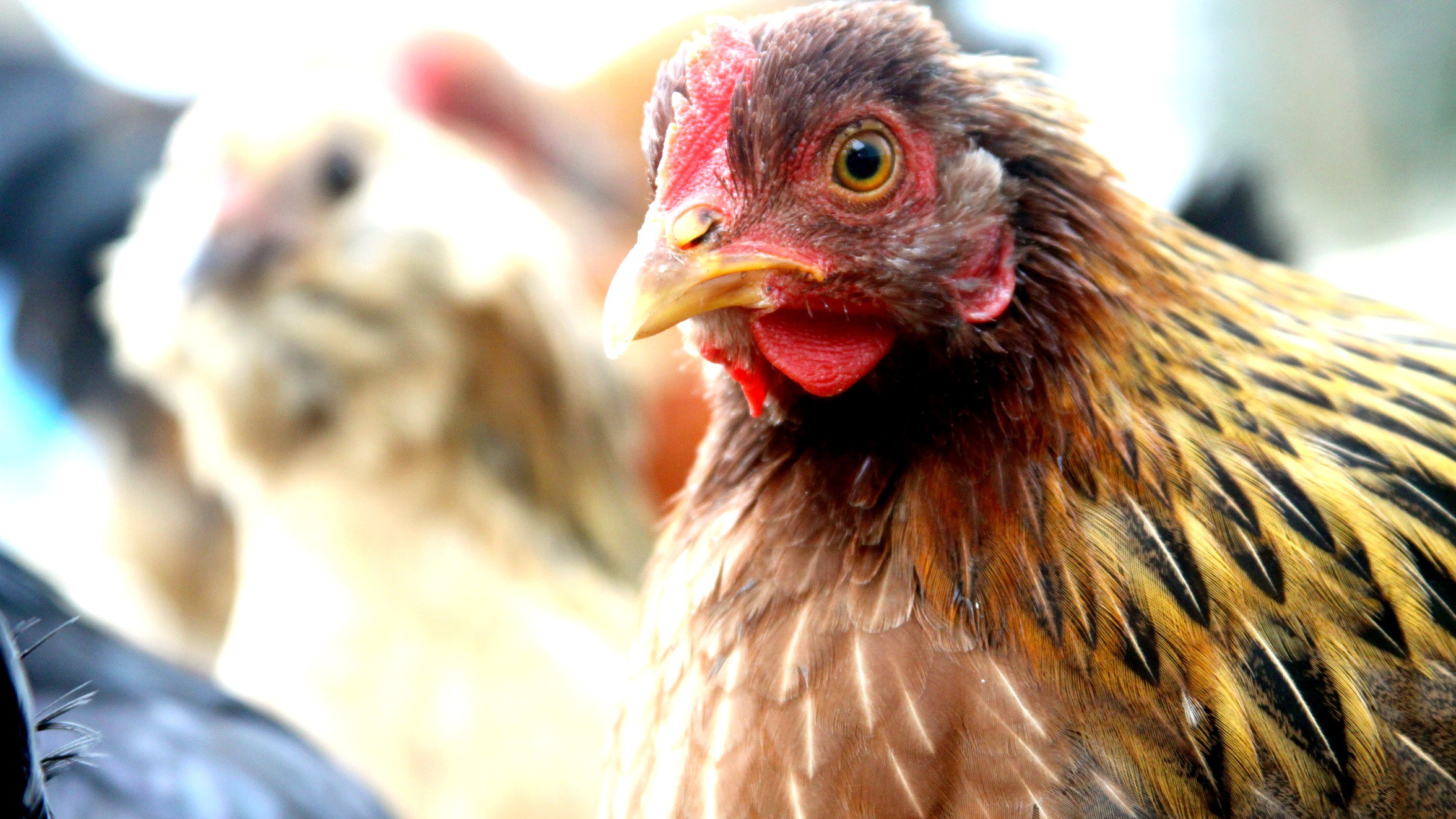California’s revolutionary animal-welfare rules Californiaâ€
There are two things that make this fascinating to a food-policy nerd like me. First, instead of primarily regulating farmers, the rules primarily regulate eaters. So far, voters and lawmakers have been a lot more interested in telling farmers what to do than in passing laws that constrain what eaters can buy. The distinction has massive implications for the effects of the law.
Second, the rules institute a completely new logic for determining animal welfare than has traditionally been used in American farming. That has chicken farmers tearing at their hair in frustration: If you accept the traditional logic, these animal-welfare rules may actually leave the chickens worse off; but if you accept the logic of the reformers, it’s clear that this will be an improvement (if only a marginal one). It’s one of those tricky situations where the conclusions matter less than the reasoning used to reach those conclusions.
Regulating farmers versus regulating eaters
In the past, when farmers were doing something people didn’t like, voters have generally reacted by telling farmers to stop it, by passing legislation. Don’t like poop in the water? Regulate farms to make them deal with their shit. Don’t like modern field slavery? Pass a law so farmers must provide water and bathrooms for laborers. Don’t like the idea of animals squeezed into cramped cages? Make farmers give them more room.
There’s a real problem, however, with regulating farmers. Complying with the laws costs the farmers money, which means they have to ask for a higher price when selling their food. This puts them at a competitive disadvantage to farmers who are not regulated. The eaters, meanwhile, keep buying the cheapest thing on the shelf.
At its worst, this dynamic simply moves the problem farther away. That’s what happened after Sweden instituted strict environmental and welfare rules for livestock. Instead of staying in cages, Swedish pigs have room to roam, and farmers use two tons of straw every year for each sow to bed down. It’s a cool system, but it costs more, and as a result hog farms have been shutting down in Sweden and the country produces less pork, while importing more every year. Unless you are very careful, regulating your local farmer can actually create an incentive for farmers elsewhere to start doing exactly the thing you are trying to stop.
When you regulate eaters, on the other hand, you accomplish just the opposite: You give farmers everywhere an incentive to follow your guidelines so they can sell you food.
In California, voters initially passed a ballot initiative regulating farmers, but legislators realized that this would simply move the egg industry out of state. So California egg farmers and animal-welfare advocates worked together to pass a companion law that effectively moved the regulation from farmers to eaters, making it illegal to sell eggs in California unless they’d been produced by farmers complying with the law. Now farmers across the country are voluntarily following the rules because they want to be able to sell their eggs to Californians.
Hitting farmers with the regulatory hammer produces a game of whack-a-mole: Bash California, and egg production just moves to Iowa. If you want change, it’s a lot more effective to regulate eaters. It’s also harder, because you can’t hide from the fact that asking farmers to remodel barns will boost food prices.
Will chickens be happier?
How do we tell if a chicken is happy or suffering? If we sloppily anthropomorphize, we could end up making reforms that make us feel better but actually leave chickens worse off.
The livestock industry has found an expedient way to deal with the philosophical mystery of animal preferences: just define animal welfare so that it aligns with farmer welfare. By this logic, whatever is most efficient is most humane. In this way, the imperative to make money — that is, capitalism — can be framed as a force for improving animal welfare.
This does make sense: An animal that is sick, or stressed, or suffering, won’t efficiently convert feed to protein. And there is evidence that, when chickens are not kept in small cages, they are actually more imperiled: They are more likely to catch diseases, break bones, or pile up in a corner and smother each other.
But the “sense” here only applies if you accept the foundational logic. We could also keep our children in cages that wouldn’t let them stand up or turn around — and they’d be much less likely to get sick, or break a leg, or get bullied. But that sounds abhorrent because we have a different logic for measuring human welfare. It’s not enough to grow efficiently while avoiding injury; we also like be able to achieve our full potential, live life to its fullest, and pursue happiness.
Animal welfare advocates apply this human logic to chickens, too. The California law doesn’t stipulate that chickens should have the chance to live a rich life — it basically just gives them bigger cages. But, if you accept this reasoning, a chicken that is able to spread its wings surely lives an incrementally fuller life than one that cannot, even if there’s some chance that it will break that wing in the process.
Environmental effects
Bigger cages mean bigger farms, and more room to move means chickens won’t gain weight as fast. That means that each egg will have a slightly bigger environmental footprint. There’s also an opportunity for different kind of efficiency in livestock farming, if you are able to get the animals to work for you. If you have your chickens outside doing insect and weed control in orchards, while also providing fertilizer services, those birds would likely have a minimal environmental footprint.
But that’s not what the California law calls for. And while it will raise the cost of eggs, prices aren’t going to go up enough to make $6-a-dozen-pastured eggs competitive.


